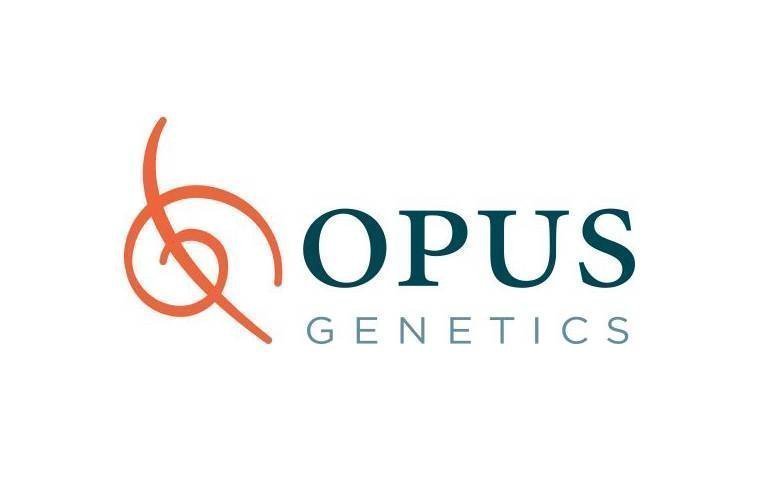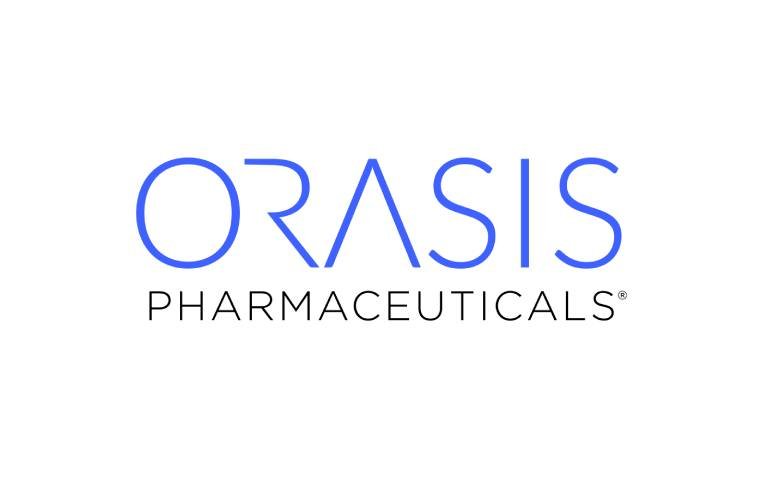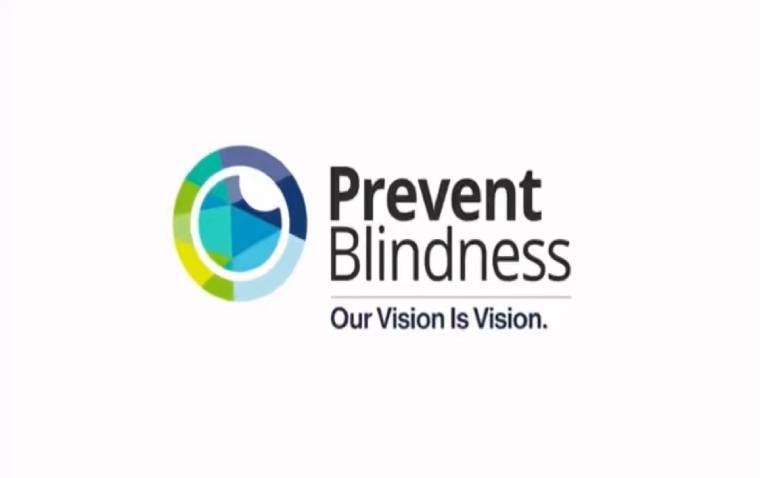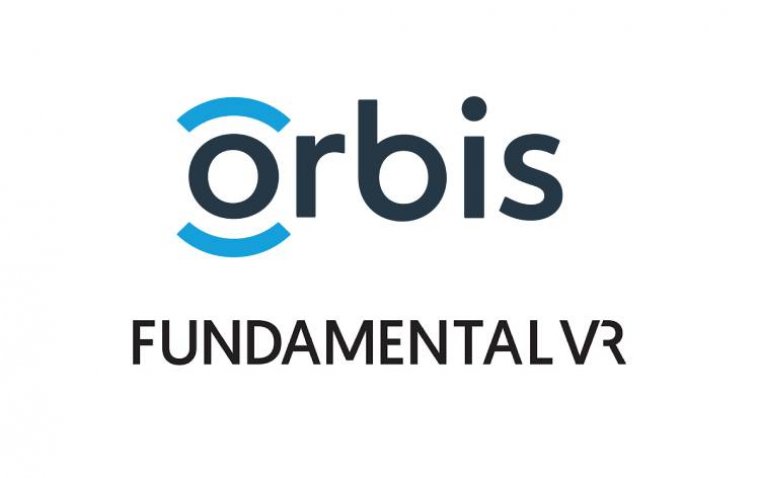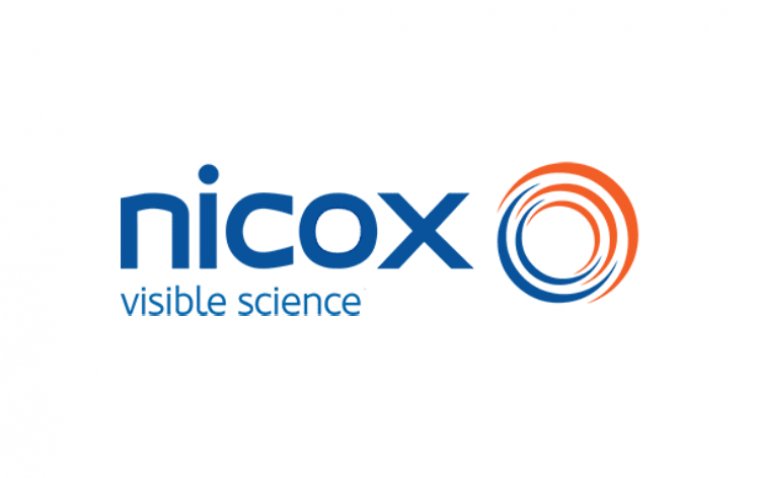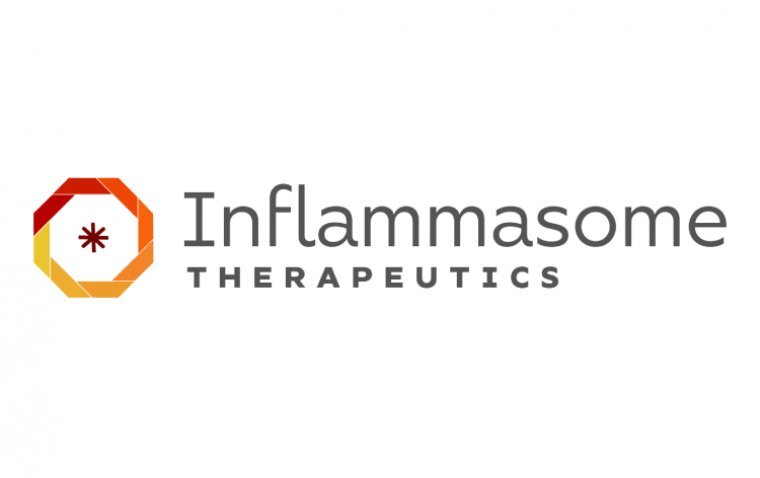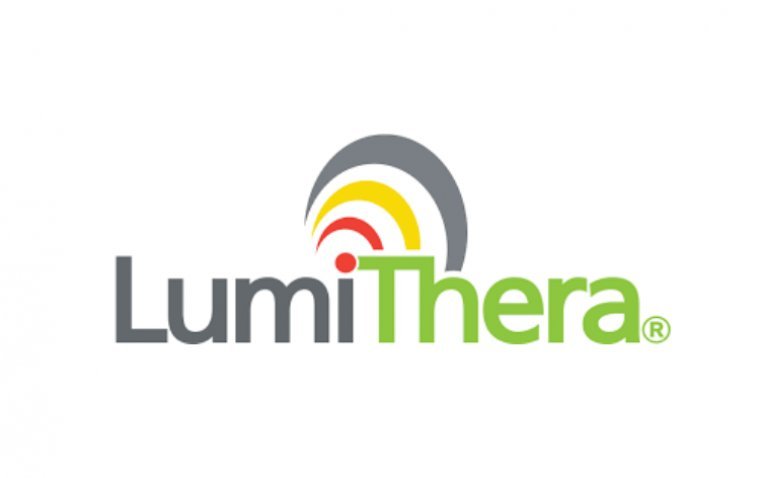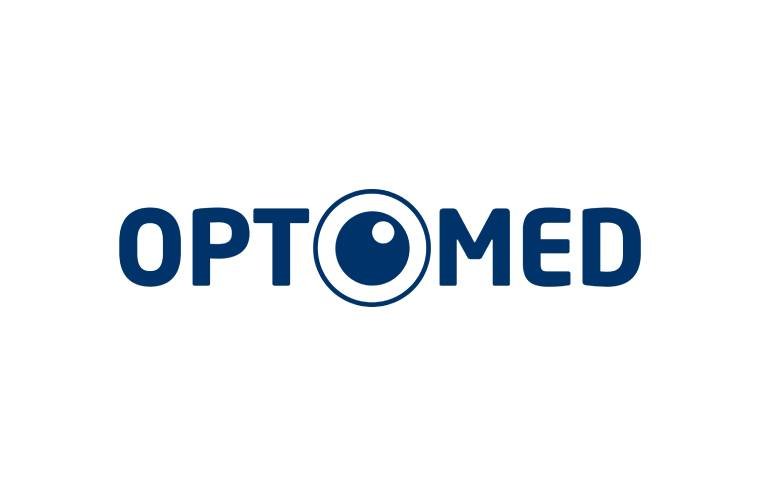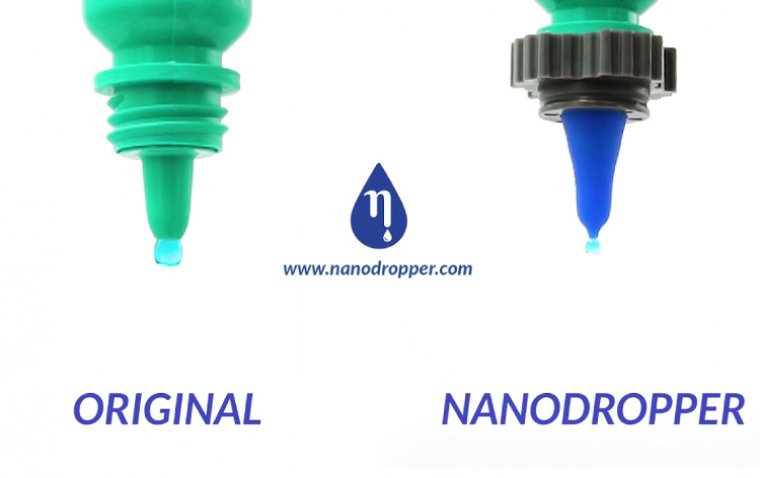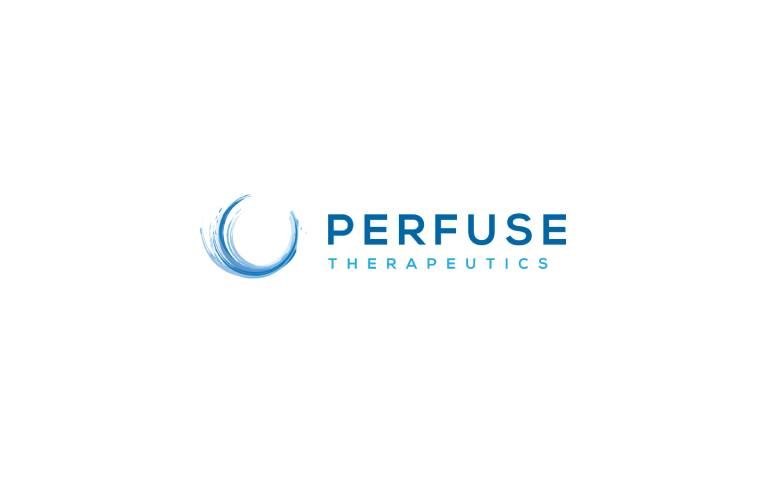
Perfuse Therapeutics Reports Positive Phase 1/2a Results for PER-001 Intravitreal Implant in Glaucoma
Perfuse Therapeutics has announced promising 24-week results from its Phase 1/2a clinical trial evaluating PER-001, a first-in-class endothelin antagonist intravitreal implant developed as a disease-modifying treatment for glaucoma. The findings were presented at the Association for Research in Vision and Ophthalmology (ARVO) 2025 meeting.
Advancing a Novel Mechanism in Glaucoma
PER-001 targets the endothelin pathway—a key mediator of vascular dysfunction in glaucoma—with the goal of modifying the underlying disease rather than simply reducing intraocular pressure (IOP). “Our mission is to develop the first disease-modifying treatment for glaucoma, the leading cause of irreversible global blindness with no approved therapies,” stated Sevgi Gurkan, MD, CEO and founder of Perfuse Therapeutics.
According to Gurkan, these results support the continued development of PER-001, with an adaptive Phase 2b trial expected to begin in the second half of 2025, potentially serving as one of two pivotal studies for regulatory submission.
Phase 1/2a Trial Design and Methodology
The Phase 1/2a clinical program was conducted as a multi-center, two-part trial designed to evaluate the safety, tolerability, and exploratory efficacy of PER-001 in glaucoma patients.
Phase 1 was a first-in-human, open-label, single ascending dose (SAD) study in 6 patients with advanced glaucoma (3 per dose group).
Phase 2a was a randomized, patient- and reading center-masked trial comparing low and high doses of PER-001 against sham control in patients with progressive mild-to-moderate glaucoma (approximately 8 participants per group). A total of 33 participants were enrolled and followed for 24 weeks post-dosing.
Exploratory endpoints included assessments of ocular blood flow (pharmacodynamics), visual field sensitivity (functional), and retinal nerve fiber layer (RNFL) thickness via OCT (structural).
Efficacy Results: Functional and Structural Improvements
Data demonstrated that PER-001 enhanced outcomes when used alongside standard-of-care IOP-lowering treatments.
Visual field mean deviation improvements from baseline at 24 weeks were:
• High dose: +1.5 decibels per year
• Low dose: +1.1 decibels per year
RNFL thickness improvements from baseline at 24 weeks were:
• Low dose: +7.7 microns per year
• High dose: +2.4 microns per year
The results also indicated a strong correlation between functional and structural gains:
• Pearson Correlation Coefficient: 0.721
• p-value: 0.0003
• R²: 0.52
Safety Profile
The trial found PER-001 to be safe and well-tolerated over the six-month study period. Only two drug-related adverse events were reported—mild, intermittent, self-resolving vitreous floaters. No cases of endophthalmitis, intraocular inflammation, uveitis, or retinal vasculitis were observed.
A Potential Shift in Glaucoma Therapy
“For decades, glaucoma treatments have focused on lowering intraocular pressure. Yet, many patients still experience vision loss and progress to blindness,” stated Steven Mansberger, MD, chief of ophthalmology and director of glaucoma services at Legacy Devers Eye Institute, who also presented the study at ARVO.
“What is particularly remarkable is that treatment with PER-001 led to improvements in ocular blood flow, optic nerve structure, and visual function. This represents the first time endothelin antagonism has been studied in the human eye, marking the potential start of a new era in glaucoma treatment.”
(1).jpg)
